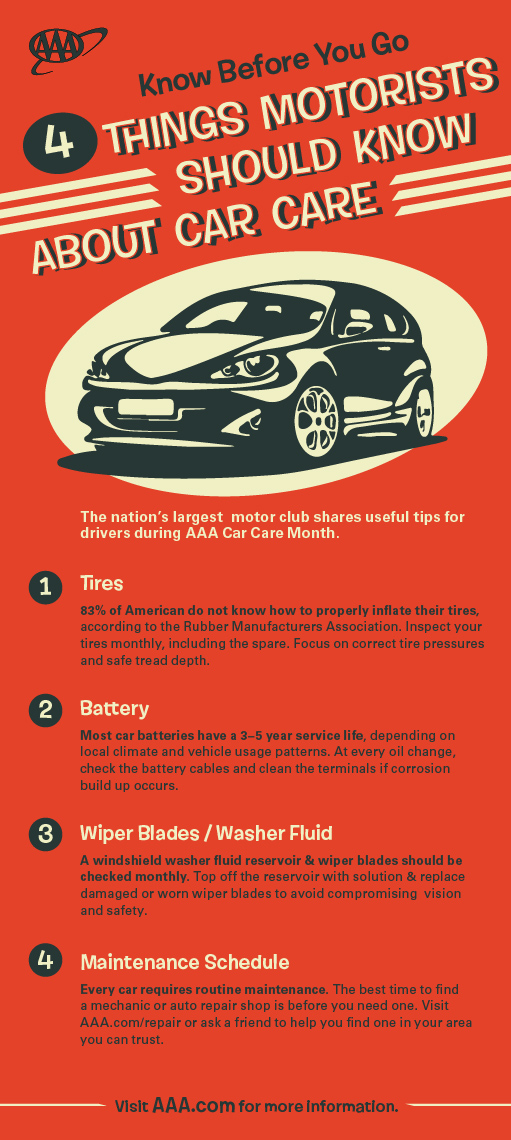Understanding The Significance Of Your Automobile'S Warning Signals: What They In Fact Stand For
Understanding The Significance Of Your Automobile'S Warning Signals: What They In Fact Stand For
Blog Article
Written By-Hartley Dalgaard
When you lag the wheel, those glowing caution lights on your control panel can be a bit puzzling. Do you understand what they're trying to tell you about your auto's health and wellness? Understanding the significance of these lights is important for your safety and the long life of your automobile. So, the next time among those lights appears, would not you intend to analyze its message precisely and take the required actions to address it?
Common Caution Lighting and Interpretations
Determine common caution lights in your automobile and comprehend their definitions to make certain safe driving.
The most common caution lights include the check engine light, which indicates concerns with the engine or discharges system. If this light comes on, it's critical to have your car checked promptly.
The oil pressure alerting light shows reduced oil pressure, needing prompt interest to avoid engine damage.
car wash location blinking battery light could suggest a faulty charging system, potentially leaving you stranded if not addressed.
The tire stress monitoring system (TPMS) light notifies you to reduced tire stress, influencing lorry security and gas performance. Disregarding this could bring about unsafe driving problems.
The abdominal muscle light shows a trouble with the anti-lock stopping system, endangering your ability to quit rapidly in emergency situations.
Lastly, the coolant temperature level warning light warns of engine overheating, which can lead to serious damages if not solved quickly.
Comprehending these usual warning lights will certainly aid you deal with concerns without delay and keep safe driving problems.
Importance of Prompt Attention
Understanding the typical caution lights in your car is only the very first step; the relevance of immediately resolving these warnings can not be emphasized sufficient to ensure your safety and security on the road.
When a warning light illuminates on your control panel, it's your cars and truck's method of communicating a potential concern that needs focus. Disregarding these cautions can cause much more severe problems later on, endangering your safety and security and potentially costing you a lot more in repairs.
Prompt interest to cautioning lights can avoid failures and mishaps. For instance, a flashing check engine light can suggest a misfire that, if left ignored, can create damage to the catalytic converter. Addressing mouse click the following article can save you from an expensive repair service.
Likewise, a brake system warning light might signify low brake liquid or used brake pads, important elements for your safety and security when driving.
DIY Troubleshooting Tips
If you discover a warning light on your dashboard, there are a few DIY fixing suggestions you can attempt prior to seeking specialist assistance.
The primary step is to consult your auto's handbook to comprehend what the details caution light indicates. Occasionally the issue can be as basic as a loose gas cap triggering the check engine light. Tightening up the gas cap might deal with the problem.
Another typical issue is a low battery, which can set off numerous warning lights. Examining the battery connections for rust and ensuring they're safe and secure might fix the trouble.
If a caution light lingers, you can attempt resetting it by disconnecting the automobile's battery for a couple of mins and afterwards reconnecting it. Additionally, checking your automobile's liquid degrees, such as oil, coolant, and brake liquid, can assist troubleshoot advising lights related to these systems.
Final thought
To conclude, understanding your automobile's caution lights is important for keeping your automobile running efficiently and safely. By promptly addressing these signals and knowing what they indicate, you can avoid costly fixings and potential malfunctions.
Keep in mind to consult your car's handbook for specific information on each alerting light and do something about it as necessary to ensure a hassle-free driving experience.
Keep notified, remain risk-free on the road!
